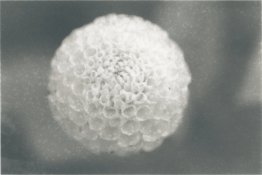Hello
after many months of producing pt/pd prints without too many issues I have now run into an problem where the last six prints are covered in white blobs especially in the mid-tones and the highlights are overexposing. In fact, looking at the prints it appears that the issue with the highlights is getting worse!
So far I have tried:
A new batch of Ferric Oxalate
Testing PH of my Potassium Oxalate developer (it's 6).
Filtering my developer
Changing the contact frame
Using a hake brush and a puddle pusher - both produce the same problem
A new pack of paper - Hahnemule in both cases
Completely fresh clearing bath
Using and not using tween
Has anyone had the same problem and, if so, what the solution to this problem?
after many months of producing pt/pd prints without too many issues I have now run into an problem where the last six prints are covered in white blobs especially in the mid-tones and the highlights are overexposing. In fact, looking at the prints it appears that the issue with the highlights is getting worse!
So far I have tried:
A new batch of Ferric Oxalate
Testing PH of my Potassium Oxalate developer (it's 6).
Filtering my developer
Changing the contact frame
Using a hake brush and a puddle pusher - both produce the same problem
A new pack of paper - Hahnemule in both cases
Completely fresh clearing bath
Using and not using tween
Has anyone had the same problem and, if so, what the solution to this problem?



